Storytelling has always been at the heart of culture, shaping how we understand the world, ourselves, and our history. Among the most enduring and thought-provoking stories passed down through generations are trickster tales—stories of cunning, wit, and resilience. For African Americans, trickster figures like Br’er Rabbit, Anansi the Spider, and High John the Conqueror have played a vital role in oral tradition, carrying both entertainment and profound lessons for survival and resistance.
One of the greatest champions of these stories was Virginia Hamilton, the legendary children’s author and folklorist. Her books, such as The People Could Fly and The Dark Way, have preserved these rich traditions for new generations, making them accessible to children who may not have otherwise encountered these powerful tales. But why should we make sure today’s children—especially African American children—grow up with these stories?
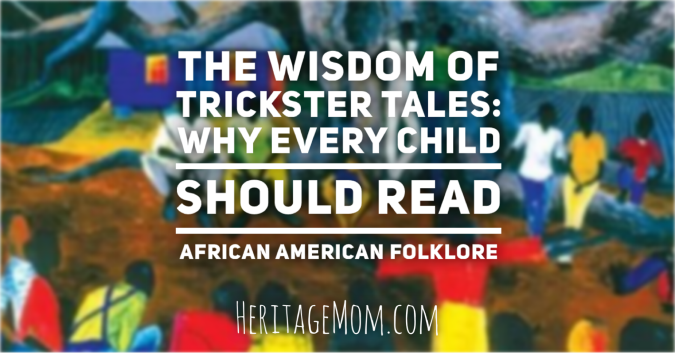
1. Trickster Tales Connect Kids to African American Heritage
Trickster tales have deep roots in African storytelling traditions. They were brought to America by enslaved Africans who used them to teach, entertain, and survive in a world of oppression. Figures like Br’er Rabbit (adapted from West African hare stories) outwit stronger foes, reflecting how enslaved people had to use cleverness to navigate their circumstances. Reading these stories with our children helps connect them to a cultural legacy of resilience and ingenuity.
2. Lessons in Resistance and Survival
Unlike the tricksters in other folklore, who may use their wit purely for fun, African American tricksters often employ their intelligence as a tool for survival. Br’er Rabbit doesn’t trick Br’er Fox just to be mischievous—he does it to avoid becoming dinner! These stories carry a legacy of defiance, showing how the powerless can overcome oppression with intelligence and quick thinking.
For kids, this teaches an important life lesson: strength isn’t just about power—it’s about knowing how to navigate challenges with resourcefulness.
3. Encourages Critical Thinking and Problem-Solving
Trickster tales encourage children to think strategically. What would you do if you were trapped? How can you use wit to turn the tables on someone bigger or stronger than you? These stories show that creativity and intelligence can be just as powerful as physical strength—a lesson that serves children well in school, relationships, and life.
4. The Power of Humor in Hard Times
Laughter has long been a tool of survival in Black communities. Trickster tales are full of humor, irony, and exaggeration, showing how joy and cleverness can exist even in difficult circumstances. By laughing along with these stories, children learn that humor is not just for fun—it can also be a way to cope, to resist, and to thrive.
5. Exposure to Beautiful, Lyrical Language
Virginia Hamilton’s retellings maintain the rhythmic, musical quality of oral storytelling, capturing the beauty of Black dialects and speech patterns. The call-and-response feel of many tales makes them perfect for reading aloud, drawing children into the experience. This not only deepens cultural appreciation but also strengthens literacy skills in a way that feels organic and joyful.
6. Ethical and Moral Reflection
Trickster tales often challenge children to think about right and wrong in complex ways. Was Br’er Rabbit wrong for tricking the other animals, or was he simply surviving? Should tricksters always get away with their schemes? These questions invite children into deeper moral discussions, helping them develop their own sense of justice and fairness.
7. A Gateway to African American Literature
Many great Black writers—Zora Neale Hurston, Langston Hughes, Toni Morrison, and Ralph Ellison, among others—have drawn on trickster figures in their work. Introducing children to these stories lays a foundation for appreciating African American literature as they grow, giving them a strong sense of cultural literacy and pride.
8. The Importance of Community and Storytelling
Trickster tales weren’t just about the trickster—they were about the people who told and retold the stories. In African American culture, storytelling has long been a communal act, a way to pass down history, wisdom, and laughter. By reading these stories with our children, we’re participating in that tradition, keeping it alive for future generations.
Bringing Trickster Tales into Your Home
If you’re looking for a great place to start, Virginia Hamilton’s books are essential. They’re not all trickster tales, but they’re all examples of great storytelling. Consider adding these to your home library or borrowing them from your local library. Please note: Some of the books on the top row contain magical folklore, and some of the supernatural stories, images, and unexpected deaths may be disturbing for sensitive readers.
Disclosure: As an Amazon Associate, I may earn commissions from qualifying purchases of these Virginia Hamilton books featuring trickster tales and more using these links, at no additional cost to you. Thank you for your support.
Reading these tales aloud, discussing their lessons, and even encouraging children to tell their own versions keeps this rich tradition thriving.
Trickster tales are more than just fun stories. They are blueprints for resilience, tools for critical thinking, and celebrations of African American culture. By sharing them with our children, we give them a gift—a connection to history, a love for storytelling, and the knowledge that sometimes, the smallest and smartest among us can win the day.
Let’s keep telling these stories. Let’s make sure our children hear them.
Check out my book Soul School for recommendations of other African American folk tales, fairy tales, and more. Visit me on Instagram @HeritageMomBlog to chat about all the books!
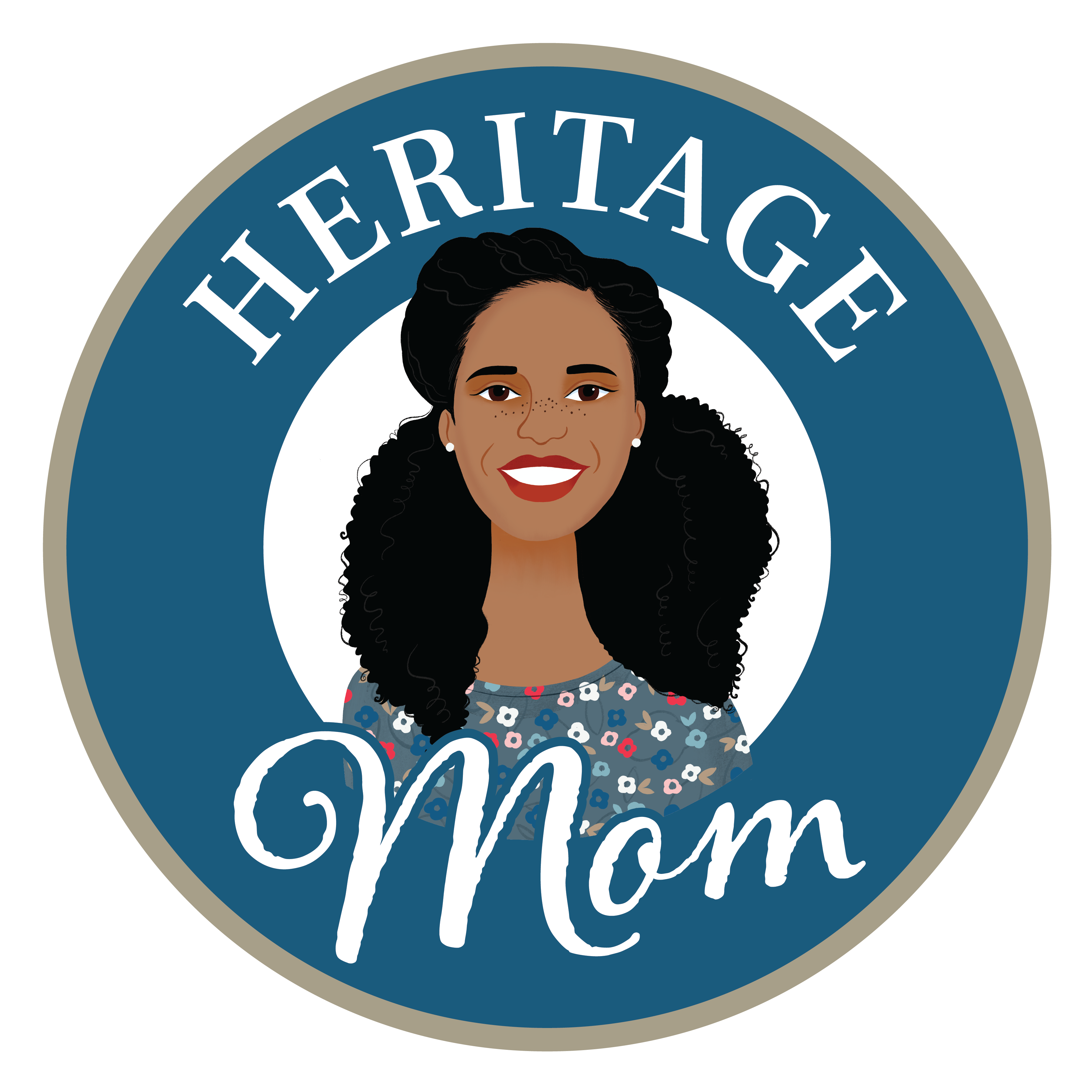
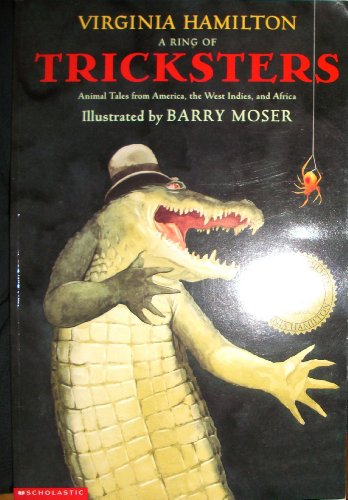

















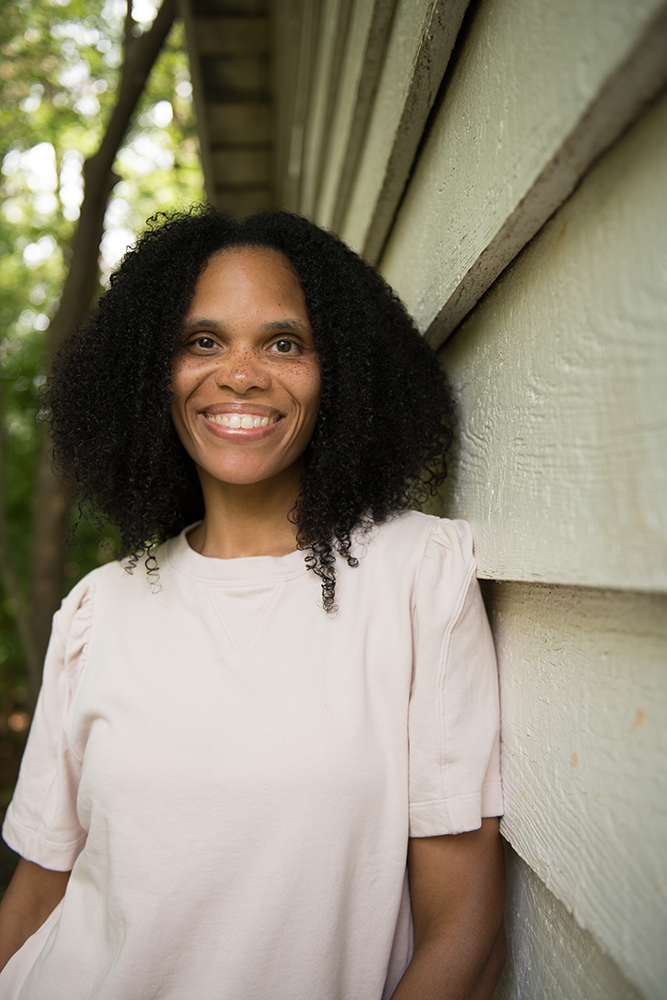

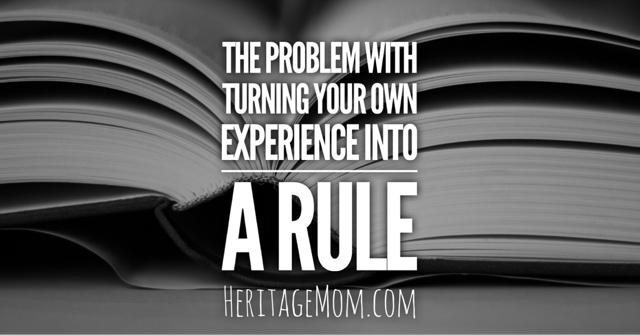
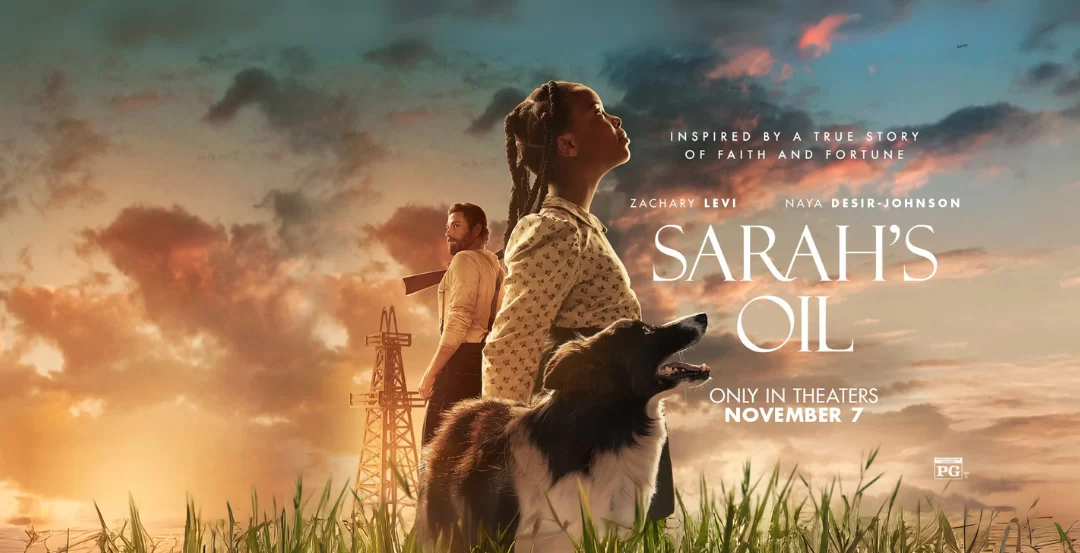
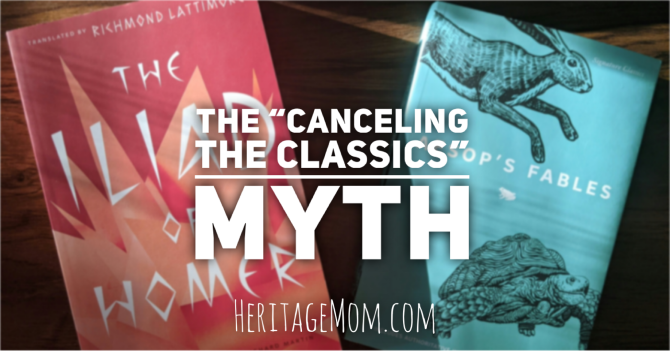
Hi, Amber. I met you at one of the CMI conferences, very briefly, many years ago. I was so thankful for the work you were doing for the CM community. One of my favorite children’s biographies, for which I wrote a book review, is Jump at the Sun: The True Life Tale of Unstoppable Storycatcher Zora Neale Hurston by Alicia Williams. Zora loved hearing, telling, and writing down trickster tales and folk tales.
I’m so happy to hear that you relate to Hurston’s work! I love Jump at the Sun, and I even included it in my latest book, Soul School. I’d love to read your book review, and I’m sure others would too. Can you link it here?
Such a great simple read. We love your melanated tales collection, but we haven’t dabbled into Virginia’s works yet. Out of the ones listed above, do you recommend or recommend we avoid any in particular for Kinder-2nd grade children? I’m always wanting to provide enlivening mirrors through literature and so appreciate your work and content for being a lighthouse for this work. Thank you!
I’m glad you enjoyed it! For that age group, I think the best options are The Girl Who Spun Gold (a West Indian version of Rumpelstiltskin), Jaguarundi, Drylonso, and The Bells of Christmas (It’s a long picture book, so plan to read over several sessions). The People Could Fly is a stunning book that is age appropriate if your children already know about slavery. If not, I would save that one for later because that wouldn’t be an enjoyable read if they’re distracted by new sad facts.